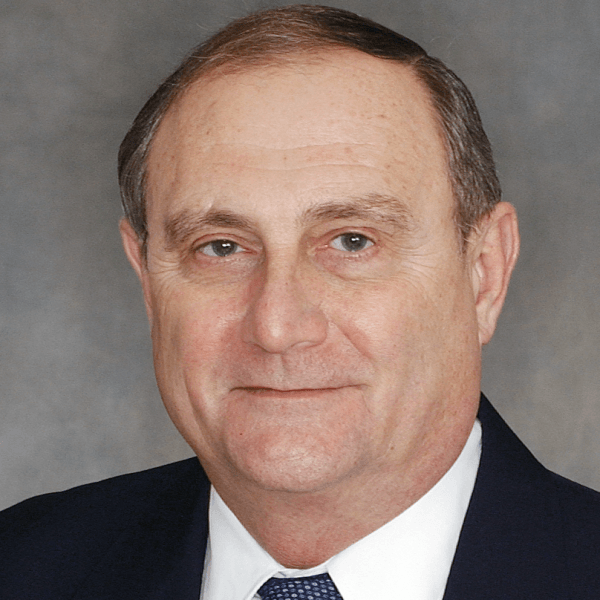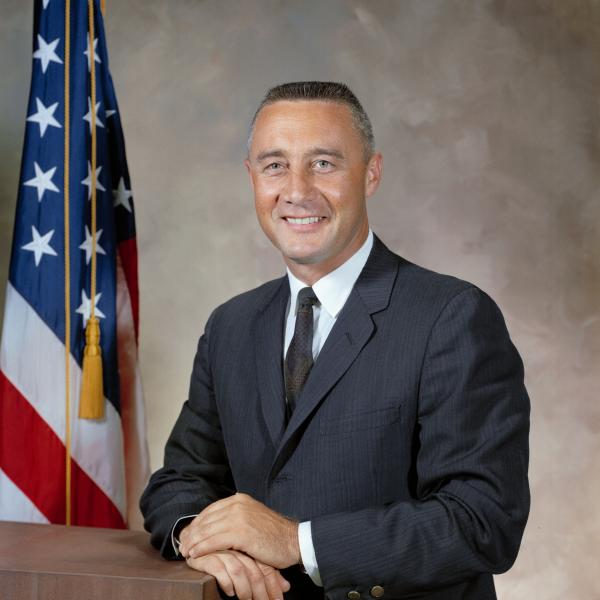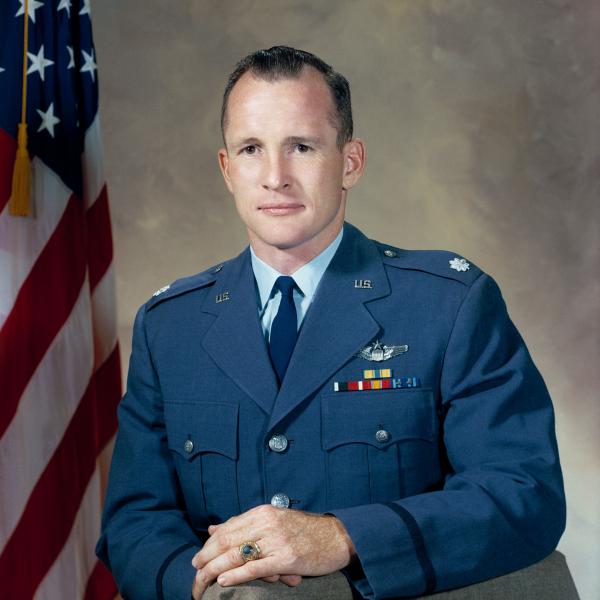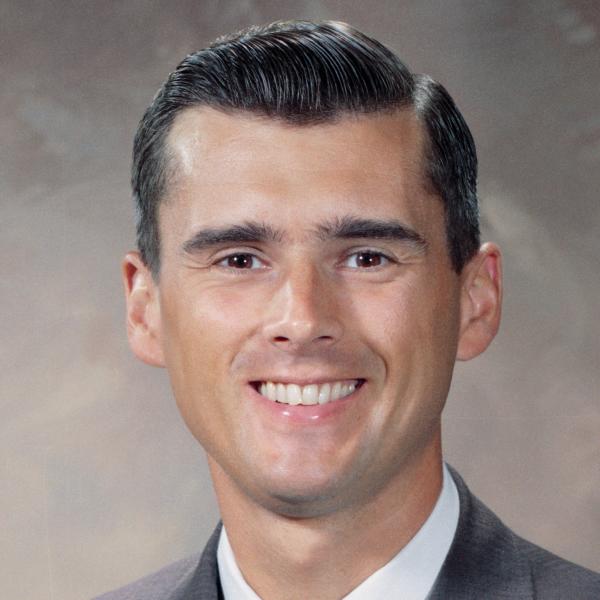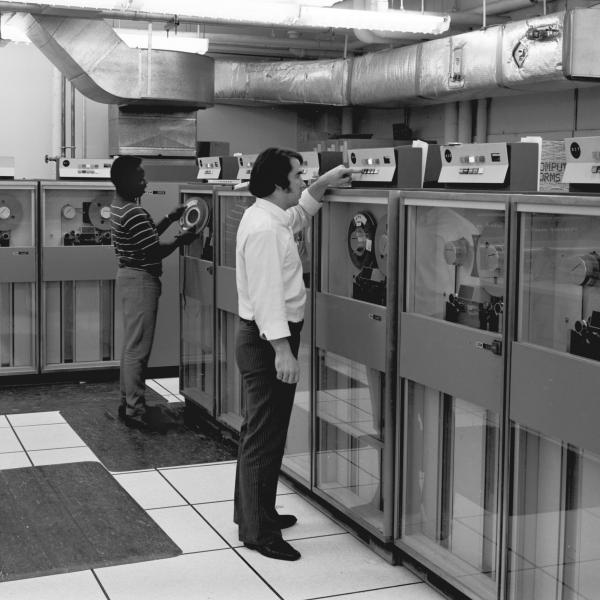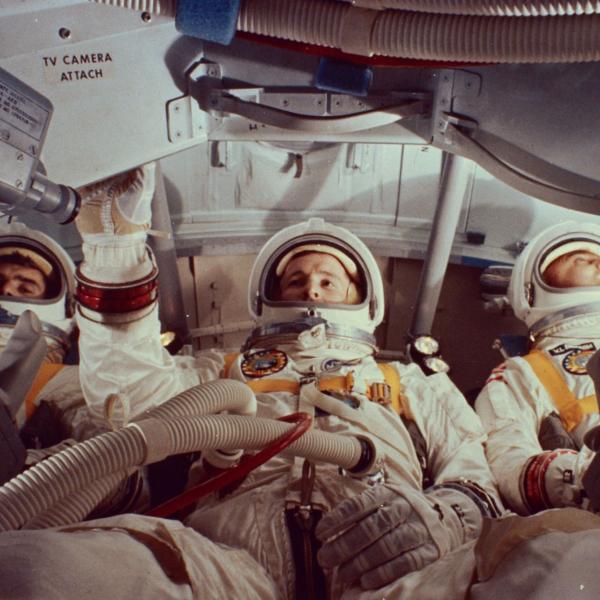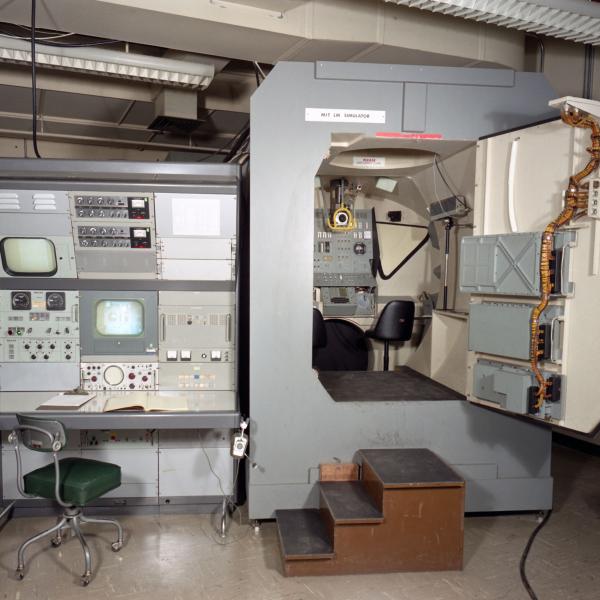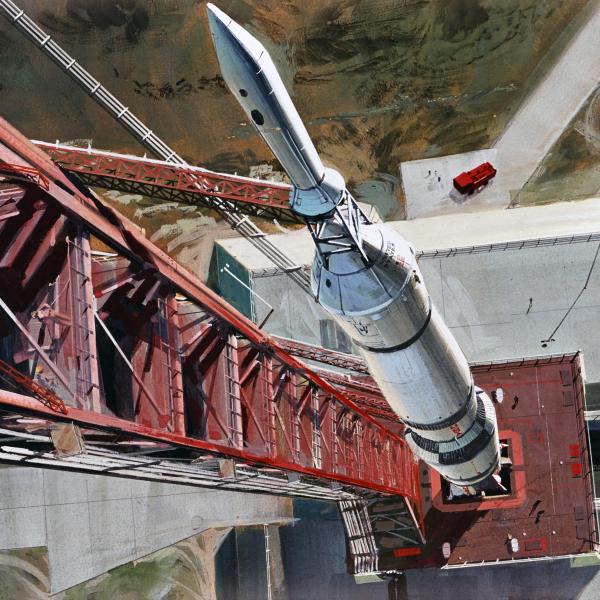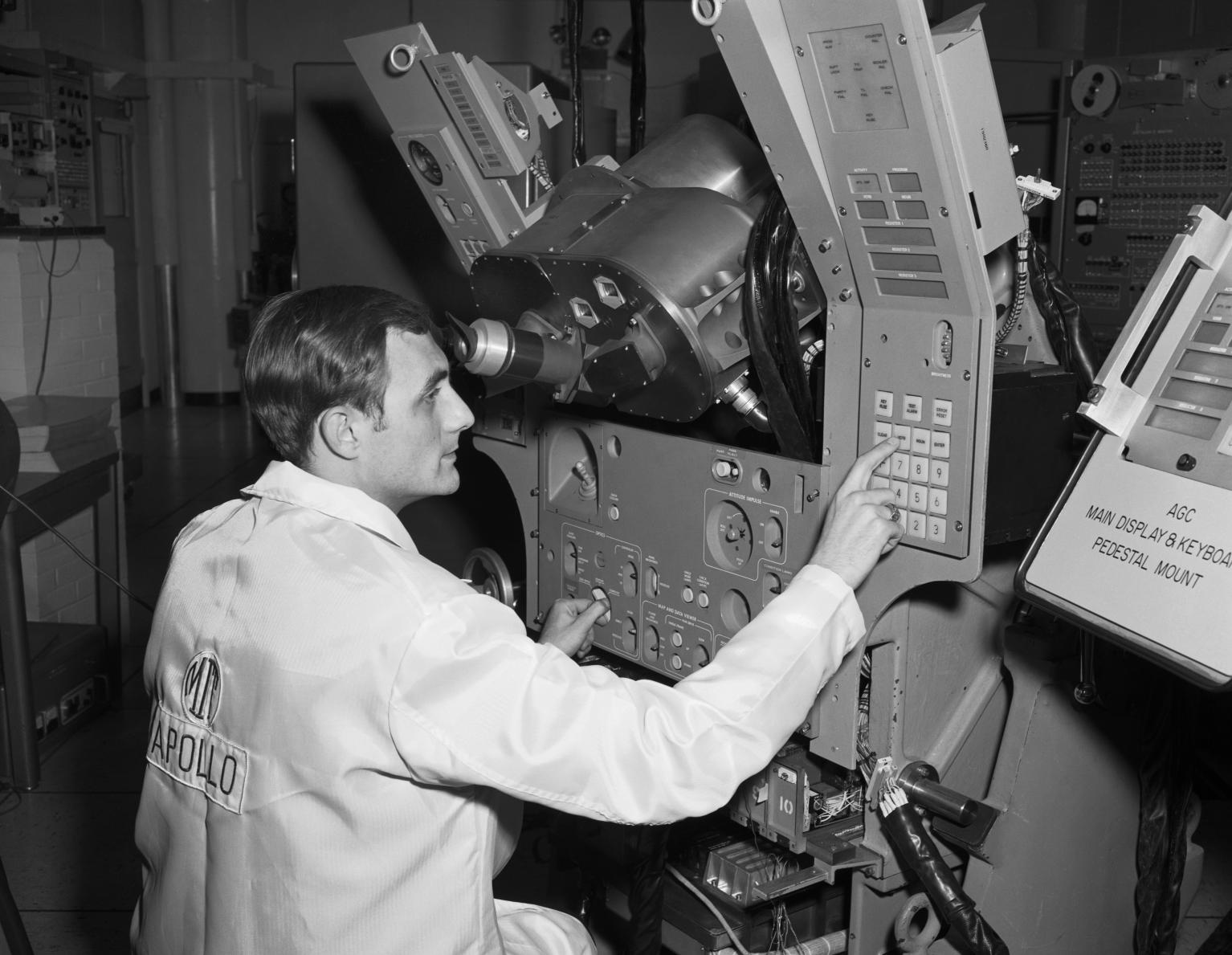
In Their Own Words: George Schmidt on Safety
Without the extensive testing and simulations performed by George Schmidt and others at Draper, the Apollo missions would not have been successful.
"My name is George Schmidt. My original activity on Apollo was to build test equipment to be used in the system test lab. That laboratory was the place where the computer, inertial guidance system, the optics, were all put together into a sort of a mock spacecraft set up in and the testing was done.
The testing part of the program was absolutely critical to safety. That was number number one, always. If there had been any issues in testing we would simply stop the test and try to figure out what was going on. The notion that you never had any unexplained failures either in the laboratory, or in launch pads, or anything like that was was a notion that was carried through the whole program. Testing was critical. If you don't try to simulate what is going to happen, what are you going to do in space? You can't call somebody to come in to fix something. So we had a very, very extensive test program that was well designed to stress all the major parts of this system in the system test lab before anything went into the spacecraft.
The testing program involved trying to make sure the computer, the optics, the inertial guidance system, the display keyboard, all those things working together. It was sort of an end to end test from astronaut pushing buttons on the keyboard to give instructions where to go next so to speak. We had never done this before; We invented things on the fly.
One of the concerns before launch was that the Saturn V rocket would be swaying or moving in the wind and trying to line up the inertial guidance system in that kind of environment could be a problem. And so we actually took the inner guidance system out of the mock spacecraft set up that we had and put it on a hoist and adjusted the length of the hoist so that the time of the motion back and forth were correspond to what was thought to be possible and the motion of this big rocket.
But as the program got more and more complicated, the what ifs got really complicated. You know, what if you had to abort during ascent? And all those kinds of questions. We tried to simulate if this happened what would we do. I think the net result of all that work was we were very well-prepared. The Apollo 1 fire really emphasized the need to figure everything out. It was such a traumatic experience. I remember I came into the lab on a Saturday and people were going around locking all of the safes so that no evidence or whatever could disappear. This lasted, I don't know, quite a few months just because of the tragedy and the three astronauts which, you know, they had been to the laboratory. We knew them. And so it just struck everybody right in the heart.
All of us that were working in the program felt an individual responsibility to make sure that whatever we were doing was right."
